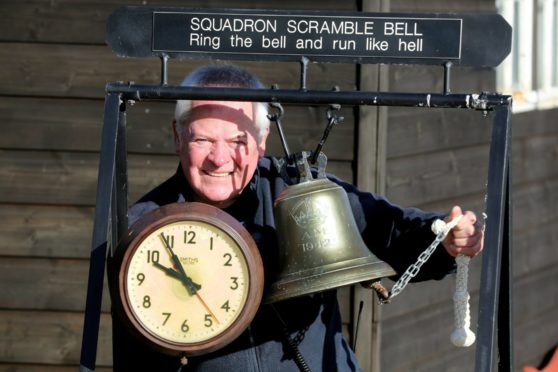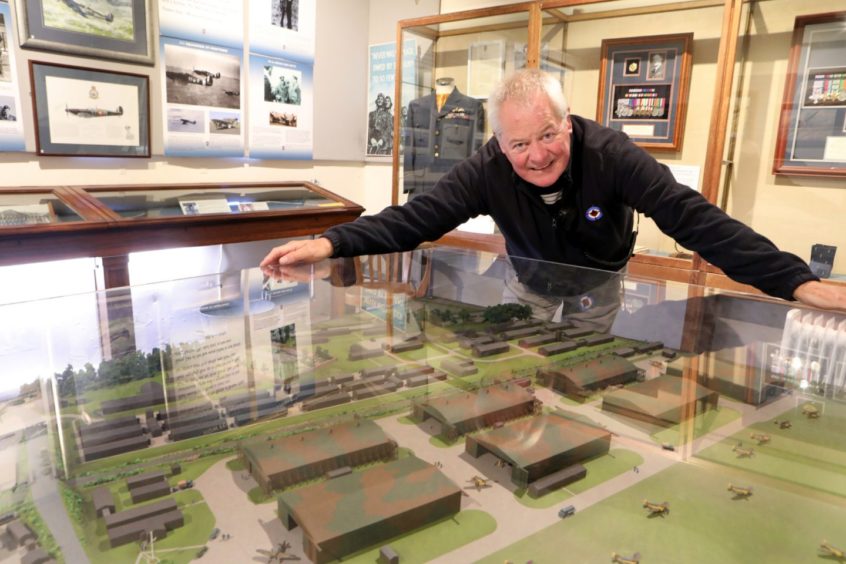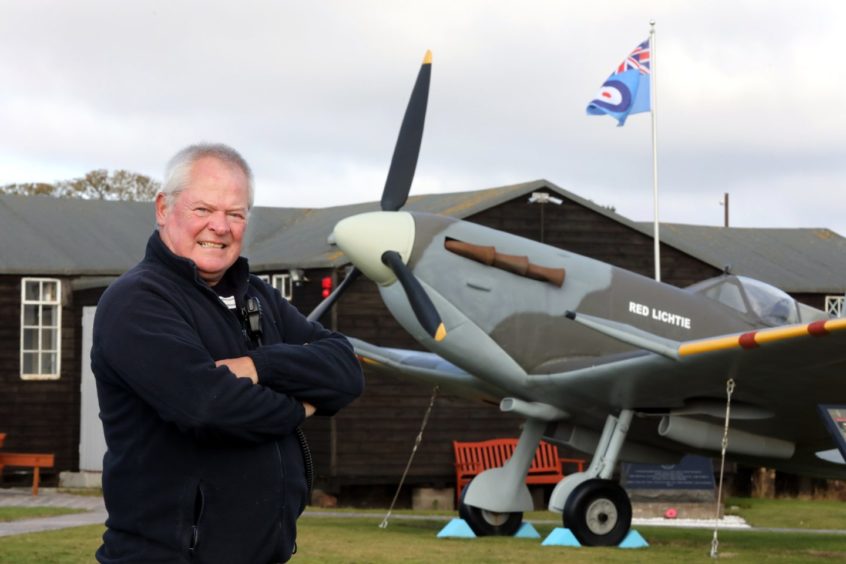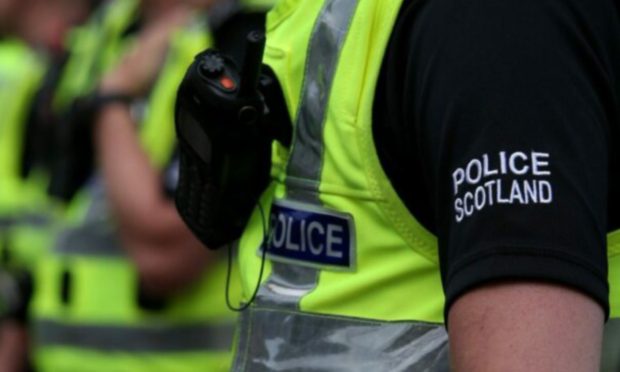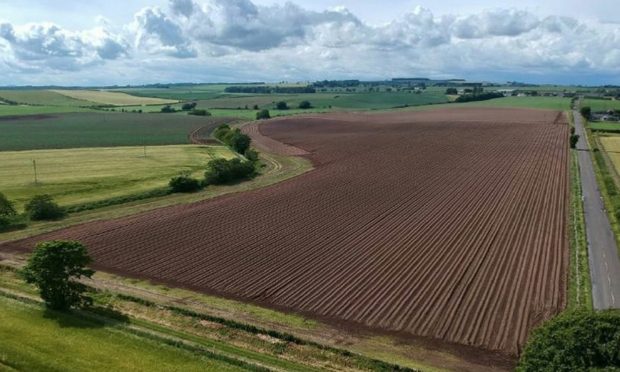The calmness of the Montrose weekend mirrored another on the Angus coast eight decades previously.
But that same autumnal serenity belied the experience the town would encounter in October 1940 when it bore the brunt of German bombing raids which caught communities stretching from Angus to Fife.
Today the enemy action is part of the story told at Montrose Air Station Heritage Centre, which sits on the Broomfield site that was home to Britain’s first operational military air station when No. 2 Squadron RFC settled there in 1913.
The internationally renowned attraction is now welcoming visitors again after re-opening following the pandemic restrictions, with volunteers recounting the action which caught Gable Endies off guard 80 years ago.
Among the mementoes on display is the station clock which was retrieved from the wrecked shell of the officer’s mess after it was hit during the fiercest strike 80 years ago this week.
Aircraft of Germany’s Lion squadron based in Norway had flown in low over the North Sea to avoid radar detection, passing into the estuary of the River South Esk at an altitude of around just a hundred feet.
They targeted the harbour and the Chivers preserves factory before turning north over the town, where miraculously there were few civilian casualties despite reports of machine gun bullets rebounding off local streets.
Hurricanes of 111 Squadron stationed at Broomfield to provide fighter protection for the east coast were powerless to intercept the enemy after being caught on the ground and history records the air station was hit by 28 250 kg bombs, one oil bomb and 16 cases of incendiary bombs in the October 25 attack.
Hangars and aircraft were destroyed, five men killed and nearly 20 wounded, with the fires at the air station being seen from Arbroath 12 miles away.
In the bombing raids other Heinkels attacked the Royal Navy Air Station at Condor, near Arbroath – now home to 45 Commando Royal Marines – and eight bombs fell on St Andrews, causing extensive damage to university buildings.
They also reached the Fife coastal community of Cellardyke and destroyed a cottage to the north of the town killing two people, the only civilian casualties of the October 25 raid.
Young Fifer Charles Melville’s recollections of the raid were printed half a century later, and then re-released a decade ago when the heritage centre commissioned a re-print of the booklet, Luftwaffe over the East Coast of Scotland, which visitors to the Montrose centre can still buy.
Neil Werninck of MAHSC said: “We are glad to have visitors back to the centre and have been opening Saturdays only. We are now adding Wednesdays and asking people to book their visit.”
